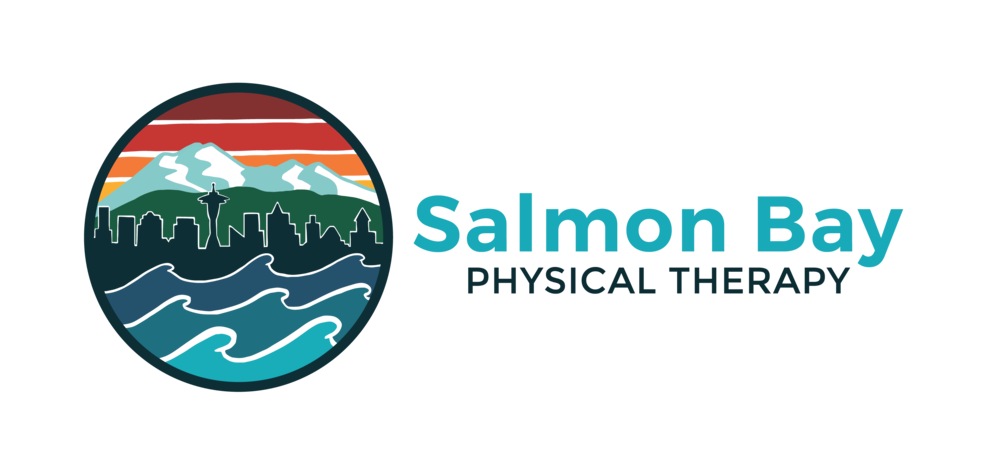The primary reason individuals end up in physical therapy is because they are experiencing pain, with the most common cases being back pain, neck pain, knee pain, foot/ankle pain, and shoulder pain. Subsequently, the main goal in physical therapy is to reduce or eliminate pain in order to help the individual get back to normal activities (think walking, lifting, reaching, squatting, running, etc.). Evaluating whether or not pain is improving can be challenging for some individuals going through physical therapy, especially if they are new to the process. Physical therapists will often hear about the difficulty in the self-assessment of pain due to the inherent subjectivity of the experience. This is understandable, as pain is a subjective experience! With that said, there are several metrics within the study of pain that can be helpful to consider when attempting to assess how effectively your pain-relief strategies are working:
Pain Severity
This is a measure of how much your pain hurts, typically taken on a 0 to 10 scale in most clinics. A rating of “0” is easy to understand, as this is the complete absence of pain, while a rating of “10” is much more subject to interpretation. In general, we describe 10 out of 10 pain as a medical emergency, wherein you are experiencing so much pain that your only course of action is to rush to the emergency room. A common example I offer up is, “Imagine you were just bitten by a shark. That is 10 out of 10 pain.” Whatever your pain level may be, tracking pain severity is a well-established way to measure your progress. I typically encourage people to pick three activities that are important to them and track the pain severity they experience while performing these activities over the course of 6-8 weeks. If the numbers go down, then you can confidently say your pain is getting better.
Pain Frequency
This is a measure of how often you experience pain in a given time-frame (hourly, daily, weekly, etc.). This can be thought about very simply as intermittent versus constant. Or, if symptoms are intermittent from the start, you can either estimate how many times per day do you experience pain or what percentage of the day you experience pain. If the pain you are experiencing was initially constant and now is intermittent, that is a sign of progress. If the intermittent pain you are experiencing goes from occurring approximately 50% of the day to 25% of the day, that is a sign of progress.
Pain Irritability
This is a measure of how easy it is to trigger the pain you have been experiencing. For example, if you experience pain with prolonged standing, how long you can stand for before you notice pain gives us a general sense of how irritable your symptoms are. Being able to stand for only 10 minutes before the onset of pain as opposed to being able to stand for 60 minutes before the onset of pain would indicate GREATER pain irritability. This could also be applied to more intense activities, such as running: being able to run for 30 minutes before the onset of pain as opposed to being able to run for 2 minutes before the onset of pain would indicate LESSER pain irritability. Therefore, if you are able to perform the painful activity for greater amount of time or at a higher intensity before you experience the onset of pain, you can safely assume that you are likely getting better.
Pain Duration
This is a measure of how long the pain lasts when you experience it related to a particular activity. When triggered, does the pain last for seconds? Minutes? Hours? Days? A decrease in pain duration is indicative that your condition is improving, as it will have a lesser negative impact on your day-to-day life. For example, if I was experiencing pain for 2-3 days every time grocery shopping, but now I only experience pain for 2-3 hours after grocery shopping, I can definitely say my pain duration has decreased, which is a sign of progress.
These are just a few of the metrics you can use in order to track your progress in physical therapy, or when recovering independently from an injury. Keep in mind, most injuries will heal with time and do not require fancy tests or treatments. Patient, understanding, and persistence are the keys to getting back to full strength.





